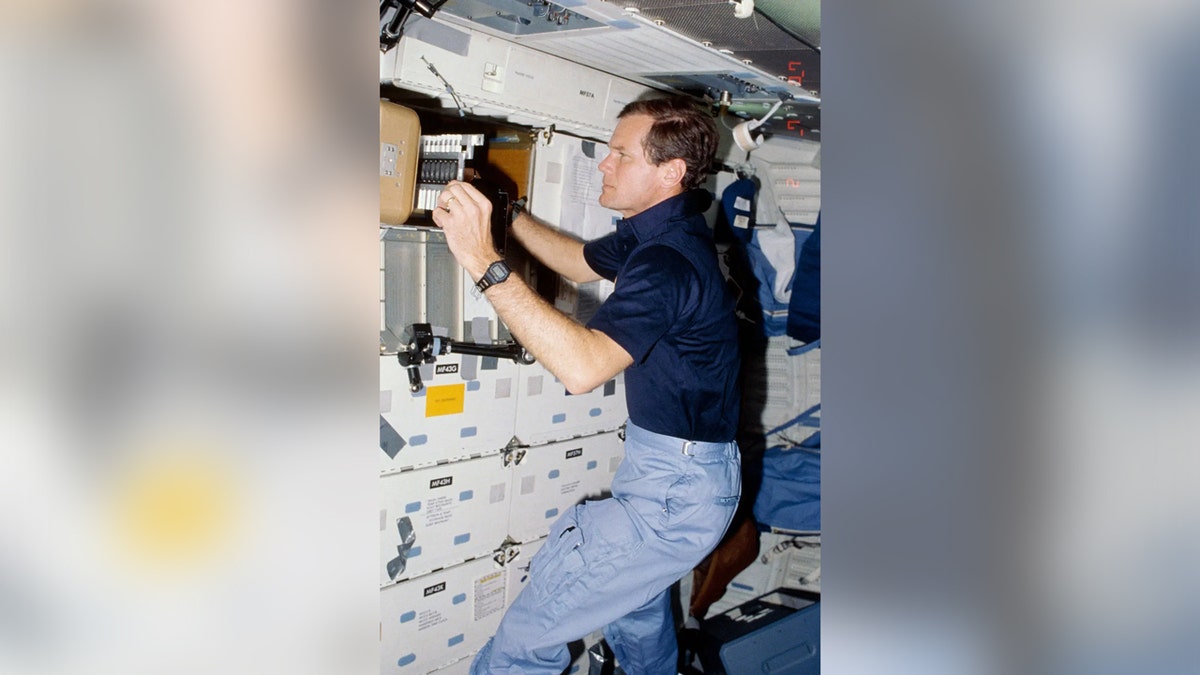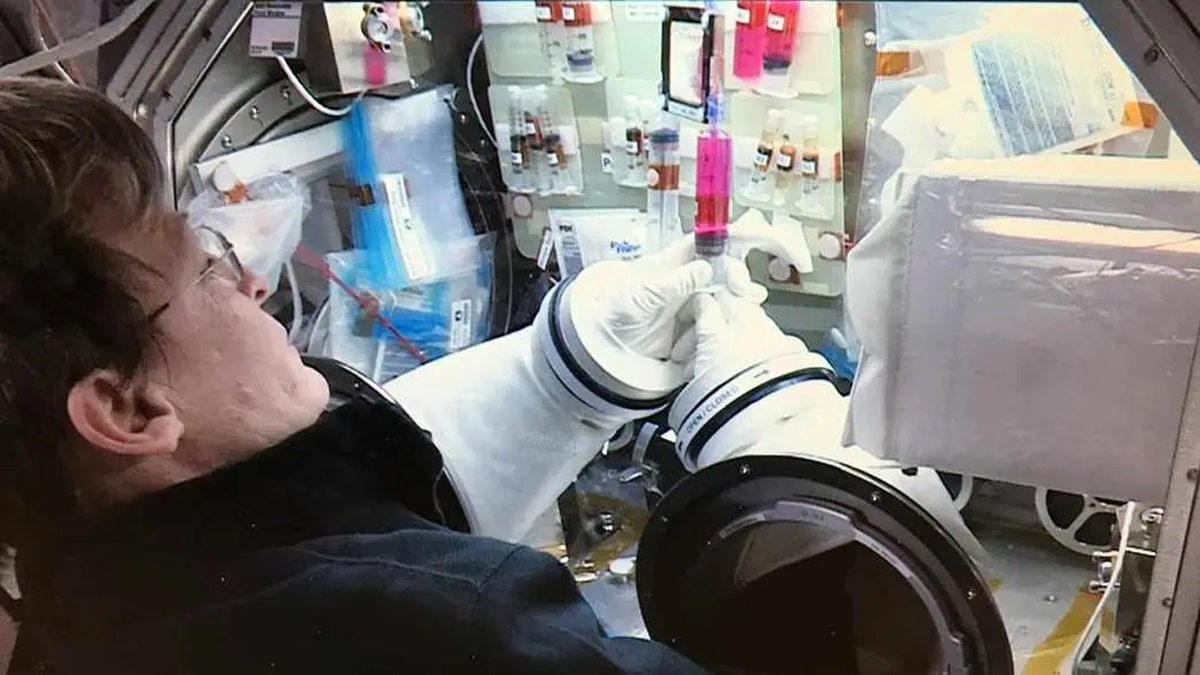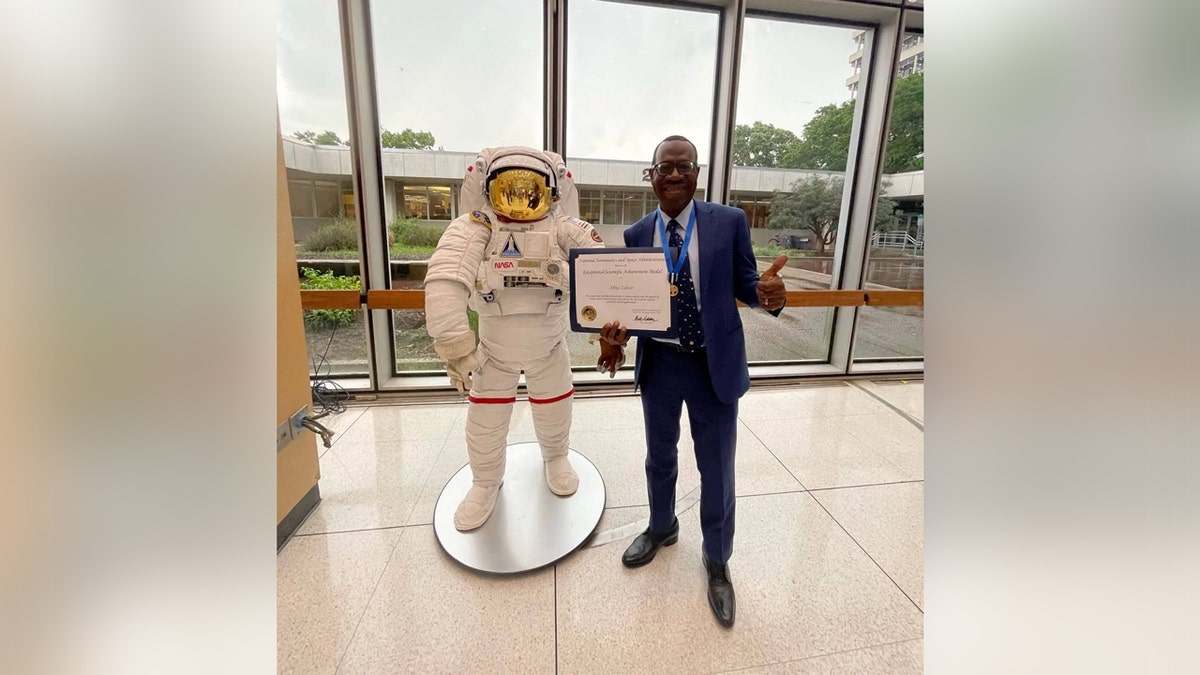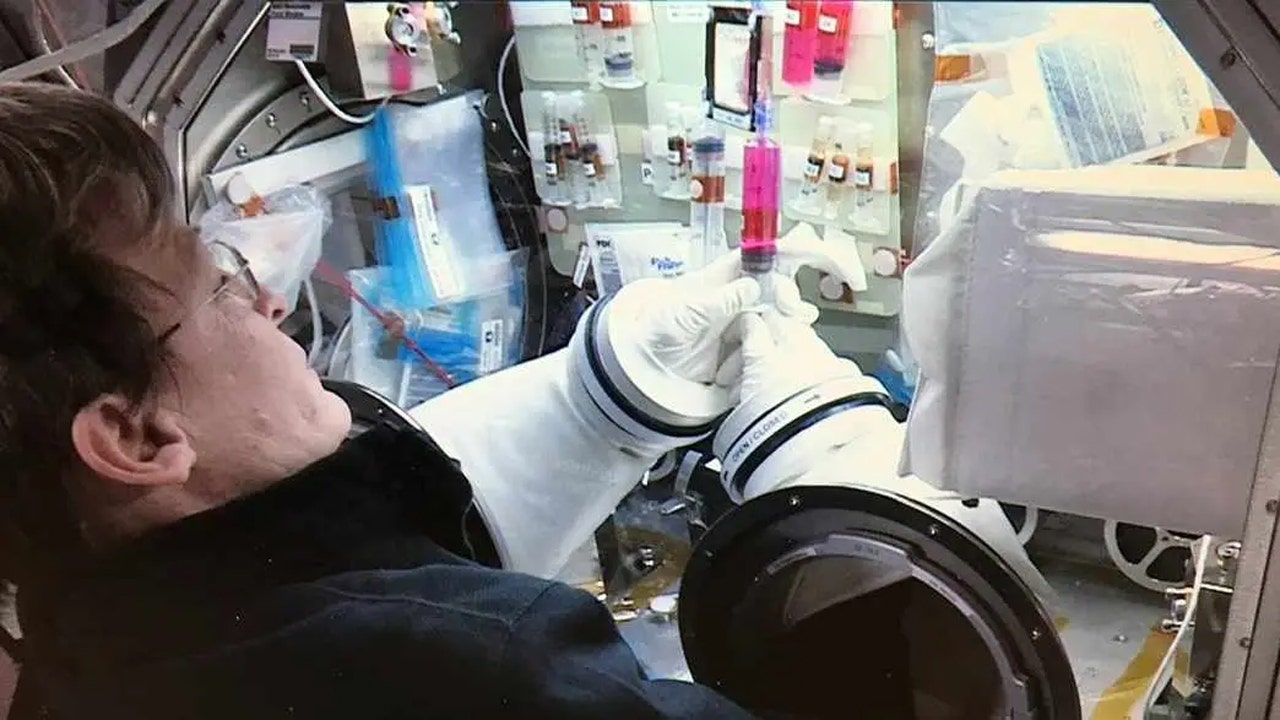WASHINGTON – Research at the International Space Station (ISS) is helping doctors on Earth find new treatment options for patients.
“There is a lot of excitement about this and many other kinds of research,” NASA Administrator Bill Nelson said. “It’s too bad that it’s taken this long. You know, I did this protein crystal growth experiment back in January of 1986, but we didn’t have a permanent laboratory in space, and just now, we are beginning to see the payoffs of this drug research.”
Over the years, pharmaceutical company Merck has launched several protein crystallization research projects to the International Space Station. Scientists have said observing the proteins in zero gravity could benefit cancer treatments on Earth.
NASA ADMINISTRATOR DESCRIBES FUTURE PROJECTS, PARTNERSHIPS IN SPACE
“The drug that was developed down here on Earth that has been so phenomenally successful, Keytruda, we have taken that to space in zero G,” Nelson said. “They have been able to form those crystals in such a larger and more uniform pattern.”
The microgravity exposure has made the drug more effective and easier to administer to patients.
“It has given them the ability to concentrate the actual infusion into a shot in the body instead of a long, long process of intravenous feeding, through a fluid,” Nelson said. “It can be done so much quicker, so much more direct and more effective in the administration of that drug.”

Now-NASA Administrator Bill Nelson conducts an experiment studying protein crystal growth. (NASA)
An environment drastically different from ours on Earth has helped scientists learn more about humans.
“The effects of microgravity and radiation on the body, they mimic aging. So, we are understanding a lot of what happens to the body in space, what happens to the body as you age,” said NASA Technology Transfer Program Executive Daniel Lockney.
As we age, we may encounter new diseases. Space is also helping scientists find new treatments through stem cell research.

A NASA astronaut experiments on protein crystals. (Mayo Clinic)
“Growing stem cells has been very challenging in the lab,” said Mayo Clinic Laboratory Medicine and Pathology Specialist Dr. Abba Zubair. “We have not been able to expand the cells enough to say one donor can give to several other patients. So, we start thinking out of the box and thought, ‘Maybe we need to go out of the world because gravity is everywhere.’”
This past January, Northrop Grumman and SpaceX helped deliver Zubair’s research to the International Space Station.
“There’s some evidence [from] before that shows absence of gravity can stimulate cells to grow differently, but the other reason is just my childhood dream. I always wanted to be an astronaut. I always [wanted] to go to space,” Zubair said, “so I have a clinical problem and I have a passion for space. … [I] said, ‘Well, why don’t we see whether the space environment can solve some of our challenges on Earth.'”
NEW RESEARCH INVESTIGATES HOW SHORT-TERM SPACE TRAVEL AFFECTS ‘SPACE TOURISTS’
The Mayo Clinic reported that cells grown on the ISS showed no DNA damage or chromosomal abnormalities. Zubair and his team said they could be used as possible treatments, but more studies are needed.
“We thought maybe we can grow the cells in space if they can grow faster. We can treat more patients with that,” Zubair said.
He added that he hoped to learn more about treating stroke patients as well.

Zubair sits in his lab with trays full of test tubes. (Mayo Clinic)
“Stroke is something I personally care about because this is what killed my mother relatively prematurely,” Zubair said. “I’ve been looking for ways to, in my own discipline and field, to contribute towards addressing stroke.”
Various stem cells have also behaved differently. Mesenchymal stem cells, or adult cells that have shown to have healing potential, do not grow significantly faster than they do on Earth. However, their ability to control immune cells was enhanced. Hematopoietic stem cells, which could develop into various types of blood cells, do grow much faster in space.
“When the stem cells are a part of a tissue from the body, let’s say breast tissue that is infused with cancer,” Nelson said, “we can form a 3D … tissue, and as a result of that, they can then in space use different drugs on that [3D tissue] and determine what is the most effective.”

Zubair displays his Exceptional Scientific Achievement Medal awarded to him by NASA as he stands beside a statue of an astronaut. (Mayo Clinic)
Nelson said scientists have hoped to use the same testing method for Parkinson’s, brain cancer and other diseases.
“We can do this continuously in this research workplace called the International Space Station, and that’s where we’re having some dramatic breakthroughs,” Nelson said.
Research is still in the early stages. Zubair estimated it could take several years before treatments from space-grown stem cells are used on patients. He said an expanding footprint in orbit could expedite the process.
“There are patients knocking on our door that are waiting, and they really want this going. I think with more funding and more access, maybe the timeline would be shorter,” Zubair said.
CLICK HERE TO GET THE FOX NEWS APP
He also hoped that he, too, could be part of the expanding presence in space.
“I am waiting to do my experiment myself. So, please take me to [the] moon or ISS,” Zubair said.
